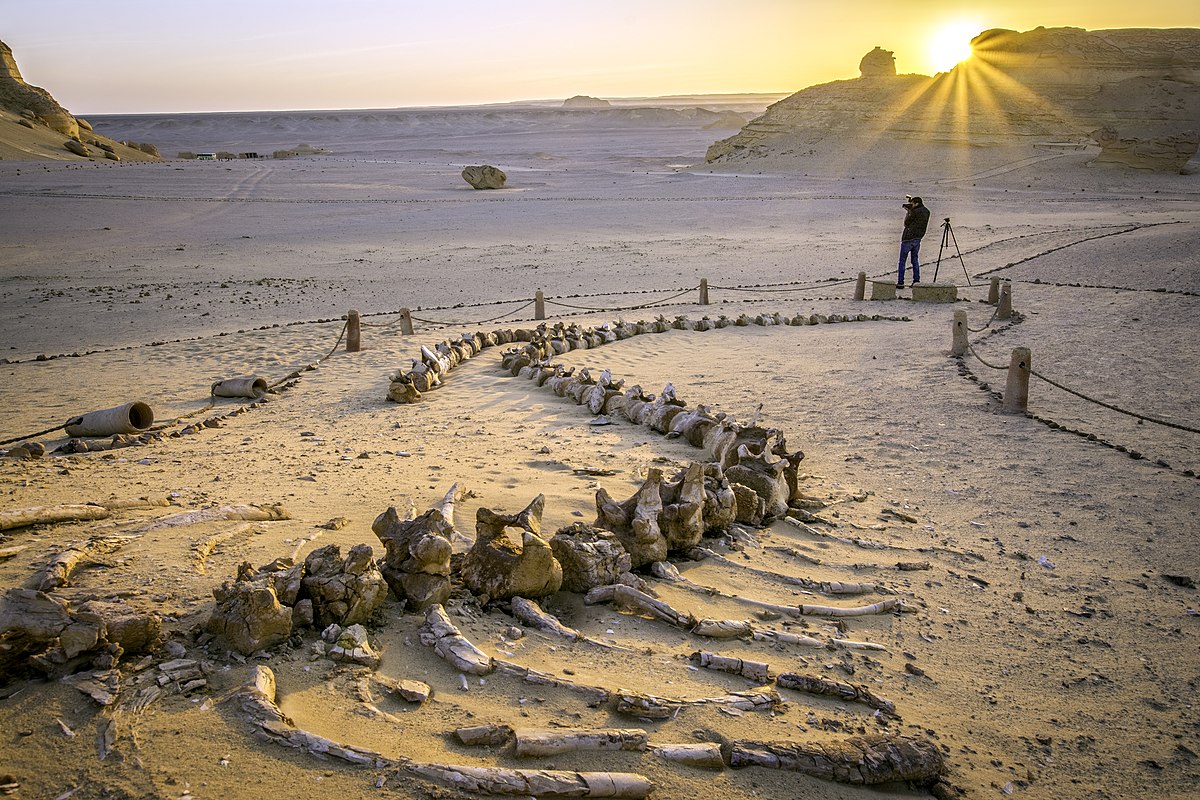Beni Suef
WELCOME TO Beni Suef
Province Overview
Beni Suef City
1,322 km2
3.3 million
Arabic

Popular
Geography and Tourist Attractions
Information about the province's tourist attractions, including popular destinations, events, and activities.

Nile River

Wadi Al-Hitan

Beni Suef Desert
Political
Economy and Government
Beni Suef, a province in Egypt, has an economy that relies on various sectors. Agriculture plays a significant role, with the cultivation of crops such as cotton, wheat, vegetables, and fruits. The province's fertile lands, enriched by the waters of the Nile, support a thriving agricultural industry. Moreover, Beni Suef is known for its textile and weaving industries, producing fabrics and garments.
The government of Beni Suef is structured within the framework of Egypt's national governance system. The province has its own governor appointed by the central government, responsible for overseeing local administration and development. The governor works in coordination with various governmental departments to address the needs of the province and implement national policies.
Efforts have been made to boost infrastructure development and attract investments to Beni Suef. The government has initiated projects to enhance transportation networks, including road networks and public transportation systems. Additionally, investments in education and healthcare infrastructure aim to improve the quality of services provided to residents.
Overall, the economy of Beni Suef is influenced by agriculture, textiles, and weaving industries. The government plays a crucial role in facilitating development and improving the lives of the province's residents through infrastructure projects and various initiatives aimed at supporting economic growth and social welfare.

History
History and Culture
Beni Suef province, located in Egypt, has a rich history and vibrant culture that spans centuries. Situated on the western bank of the Nile, this province has witnessed the rise and fall of numerous civilizations, leaving behind a tapestry of historical and cultural treasures.
In ancient times, Beni Suef was a significant center during the Pharaonic era. It housed the ancient city of Hermopolis Magna, dedicated to the god Thoth, where scholars and scribes thrived. The region also boasts the remains of Old Kingdom pyramids and royal tombs, showcasing the grandeur of ancient Egyptian architecture.
Over the centuries, Beni Suef has witnessed the influences of different civilizations, including the Greeks, Romans, and Arabs. This amalgamation of cultures is evident in the province's traditions, arts, and cuisine. Folkloric music and dance, such as the traditional Zaffa, captivate visitors, while local crafts, including pottery and textile weaving, showcase the region's artistic heritage.
Today, Beni Suef is not only a repository of history but also a vibrant hub of contemporary Egyptian life. The province's museums, such as the Beni Suef Museum, preserve and display archaeological treasures, providing visitors with insights into the region's past. Additionally, the province hosts cultural festivals, where locals and tourists can immerse themselves in the vibrant traditions of Beni Suef.
In summary, Beni Suef province is an enchanting destination that offers a captivating blend of history and culture, showcasing the rich legacy of Egypt's past while embracing the vibrant spirit of its present.
HOTELS

Nile Plaza Hotel Beni Suef

Horus Guest House

El Fostat Hotel
RESTAURANTS

El Masryeen Restaurant

El Moudira Restaurant

